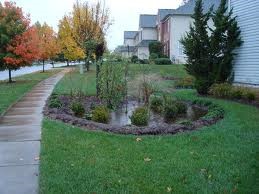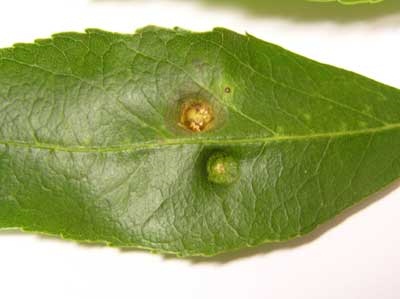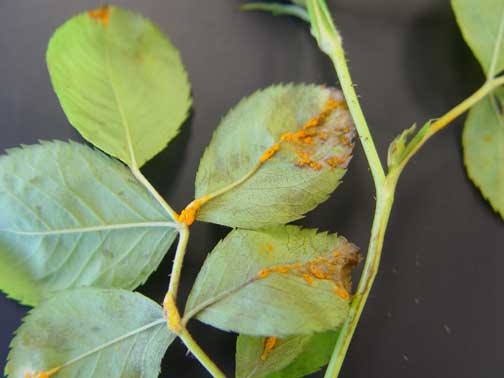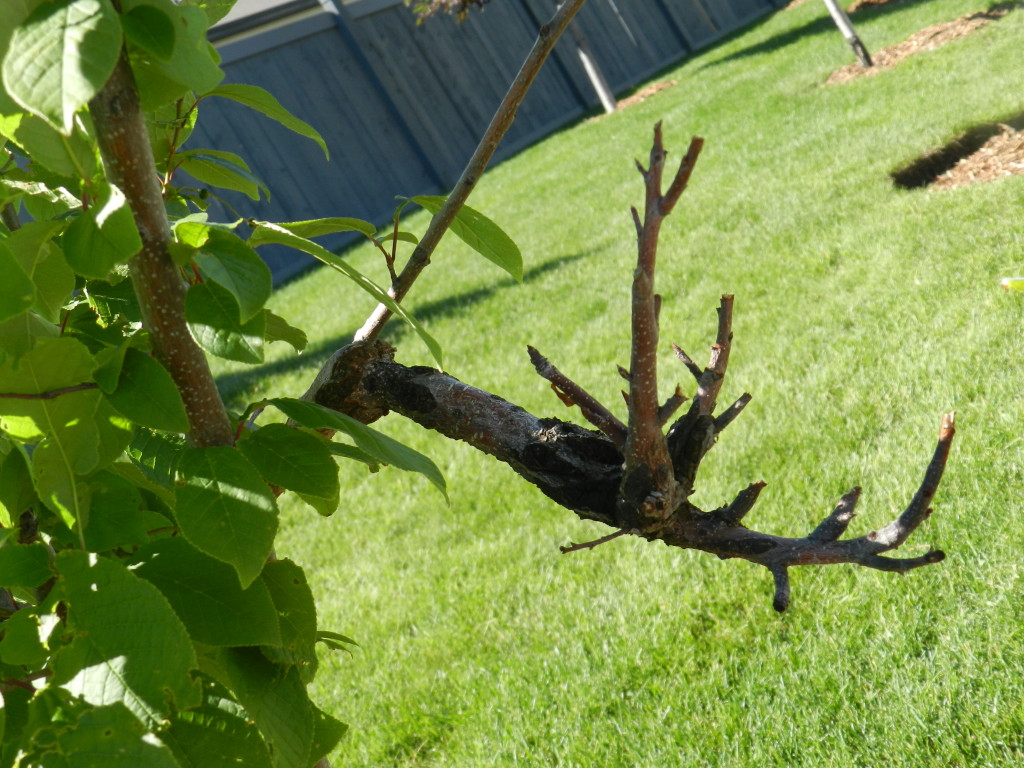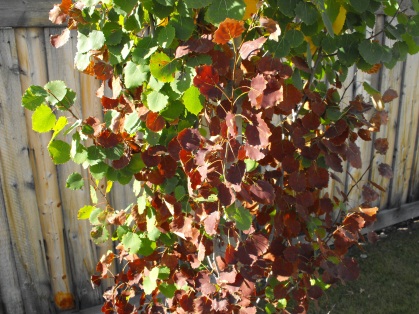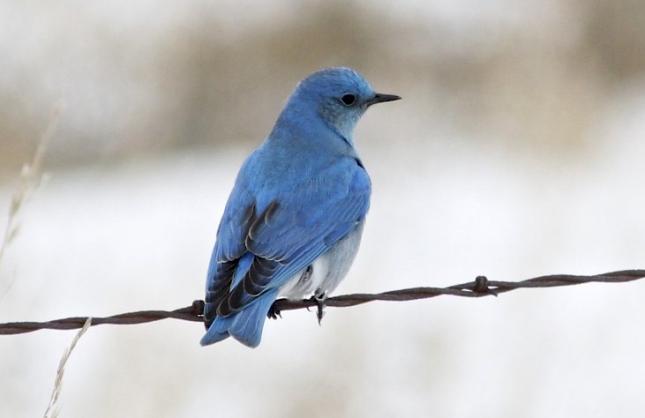The Benefits of a Spring Clean Up
It’s been a long winter but we are confident that this recent warm spell is the beginning of the end…. the end of winter!
With that, our team has been busy Spring cleaning/prepping equipment for the busy season ahead and thought many of you may have caught the Spring cleaning bug too.
As homeowners, one of the first things you may notice as snow melts is evidence you didn’t rake up your leaves, cut perennials etc. (or had a Fall clean up). This “evidence” will most certainly make your yard smell from the rot and mold that has been brewing under the snow all winter. Even if your yard was looking pretty clean going into winter, a Spring Clean Up is a great way to give your yard the good ol’ boot to ensure it is in optimal condition to flourish this year.
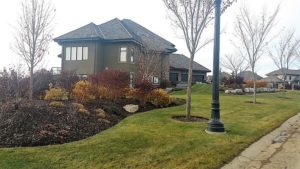
Generally a Spring Clean Up will consist of 4 key services to get your yard in tip-top shape:
- Power Raking: This process removes the built-up thatch layer that has developed during last season’s growth allowing ease of new shoot growth.
- Mow & Debris Removal: If needed, the first mow will be done as well as the removal of any debris such as sticks, pine cones and leaves from your lawn and garden beds (some companies will do this to varying extents so make sure to clarify with them). What also might be included in this service is the turning of soil in garden beds or fluffing of mulch to reduce compaction and allow your plant roots to easily absorb nutrients/water and promote beneficial bacteria.
- Deep Core Aeration: This process pulls plugs out of your lawn to reduce compaction and allow vital nutrients, water and fertilizer to penetrate the root zone which promotes lush, well-balanced growth of your lawn. Doing this will also help your lawn out-compete weeds and various pests.
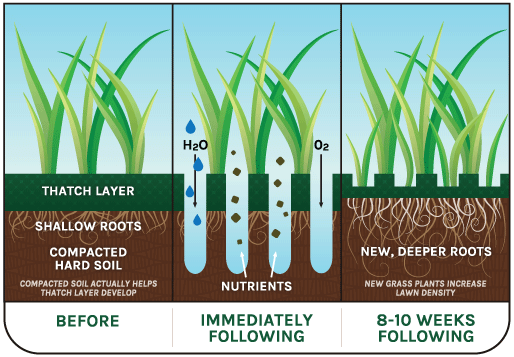
- Fertilization of Lawn, Shrubs and Trees: Following your Spring Clean Up is the best time to apply a Spring lawn fertilizer blend to promote quick, green growth. Don’t forget that Spring is also a critical time to give your trees, shrubs and perennials a boost for healthy leaf development and plentiful blooms.
Beyond a good clean-up, Spring is often a great time to prune and shape your trees and shrubs to ensure healthy growth and beautiful shapes. Keep in mind proper pruning practices and times are species-dependent so it is important to know your trees or consult an expert before cutting something you can’t glue back together.
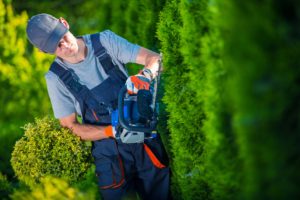
All-in-all, we recommend you(or a professional) take this time to get down and dirty with your landscape and don’t overlook the benefits of giving your property a little TLC this Spring!
-Mother Nature’s Contractor


